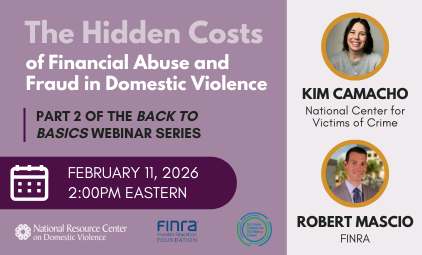This document was written to help the state of Illinois respond to an increasing number of drug-facilitated sexual assaults against college age women. Known as "date rape drugs", drugs like GHB, Rohypnol, and Ketamine, were and are slipped into drinks to render the victim helpless and prevent memory of the rape. The book offers guidelines and checklists to use in implementing a proactive and comprehensive response to date rape crimes on college campuses.
The Executive Summary is written to the "Deans of Students" and outlines the goals for each section and provides comments as well as distribution suggestions and permissions for each section. The report contains Guidelines for First Response to Sexual Assault Reports for campus, law enforcement, and hospitals or other medical facilities. The campus section discusses how to standardize the campus's initial response to victim reports of sexual assault, and, urges colleges to use campus disciplinary proceedings for those who possess, use or deliver date rape drugs. The law enforcement section focuses on ensuring confidentiality, victim sensitivity and a victim's rights. It provides information to help local police departments standardize guidelines for aiding these victims, and to help law enforcement better identify the telltale signs of drug-facilitated sexual assault. The medical section provides model guidelines for personnel to follow with such victims including the victim's right to consent to or refuse tests such as toxicology screens.
Other sections include information on how to implement a community task force to comply with the Illnois Campus Security Act (IL Public Act 88-629) and to facilitate compliance with the U.S. Federal Campus Security Act(20 USC Sect. 1092). There is also a campus education kit, prevention education training modules for students, information on police training and data collection, as well as legislative recommendations.
The appendices cover common uses and services regarding three common date rape drugs, Illinois law pertaining to date rape drugs and to stalking, and a SafetyNetLAS 100 facilitators manual.
The materials in this book can and have been adapted for use by colleges in other U.S. states. Here are two comments to consider when using this material:
- The medical guidelines section discusses the importance of obtaining a conscious victim's consent for any toxicology screens. However with unconscious victims, while it encourages making decisions to take urine samples on a case-by-case basis, it still states that emergency personnel "should" take a urine sample on unconscious victims if they believe a victim was given a controlled substance. Some advocates who have worked with sexual assault survivors have expressed concern about any approach that might test without consent as it may further traumatize the victim.(p.45)
- Since this book was released, there has been more information learned regarding the most accurate timelines within which collection of blood and urine for toxicology testing can take place. Anyone implementing the medical guidelines should make sure to get the most current medical information about testing timelines.














